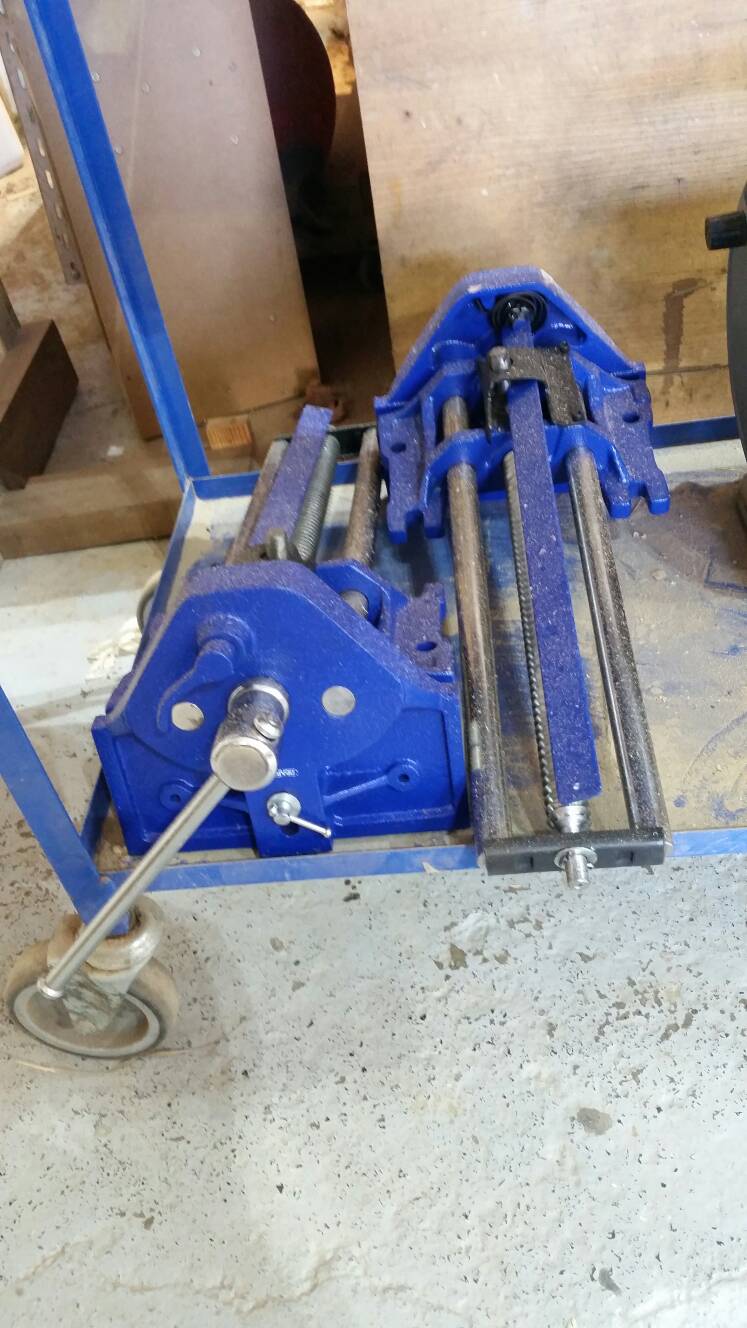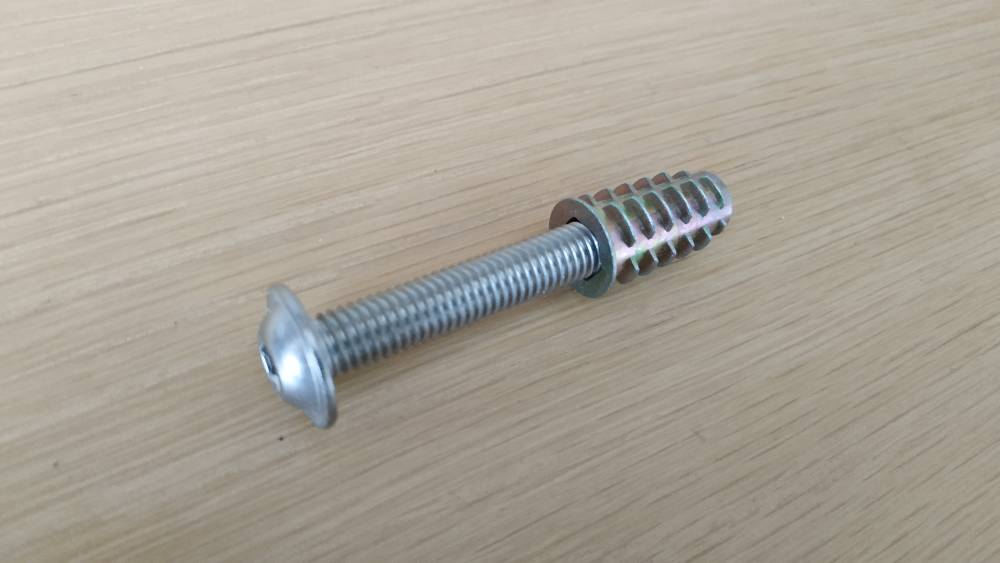Bodgers
Established Member
It is a good question. I have a used and old Record 52 1/2 quick release vice and I have long suspected that it will be too big. It is a nice vice though, but needs some cosmetic work.RickG":5qamco8v said:Nice work Bodgers. When I come to build a bench, I hope mine looks half as well made.
Silly question relating to the sloped back legs; will the narrower top restrict the bench-depth available for the threads of the bench vice?
There's a good Sketchup version of this bench at: https://3dwarehouse.sketchup.com/model/ ... ench?hl=en
I'm sure the threads I have on my Record 52 that are waiting to go in are longer than the 10" that's in the Sketchup version I've looked at.
It is 430mm from the back jaw to tip of the threaded rod. If I recess it a bit into the front apron there is about 360mm before it hits the back apron. The only option then is to add 50mm to the underside of the bench where the vice sits do it lowers it to clear the back apron and tool tray.
Total width including the tool tray is about 585mm.
Shame, I might have to resort to a 7" vice. The one in Hayward's book looks even smaller!
Sent from my Redmi Note 5 using Tapatalk










































































